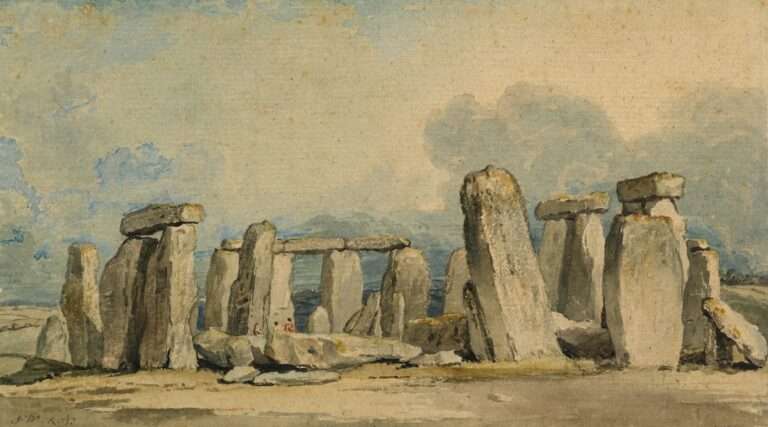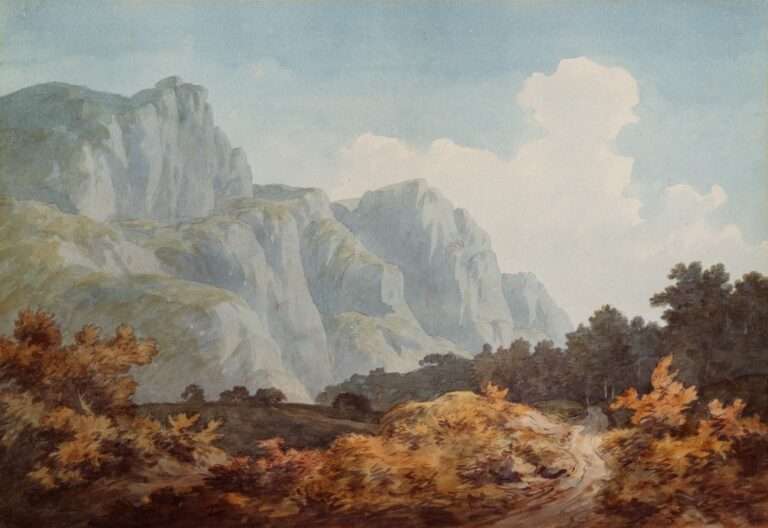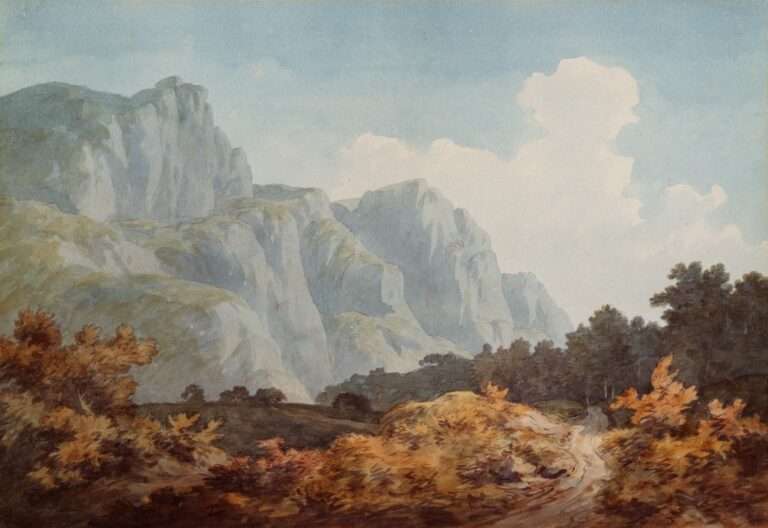Exploring Cubism Symbolism in Art
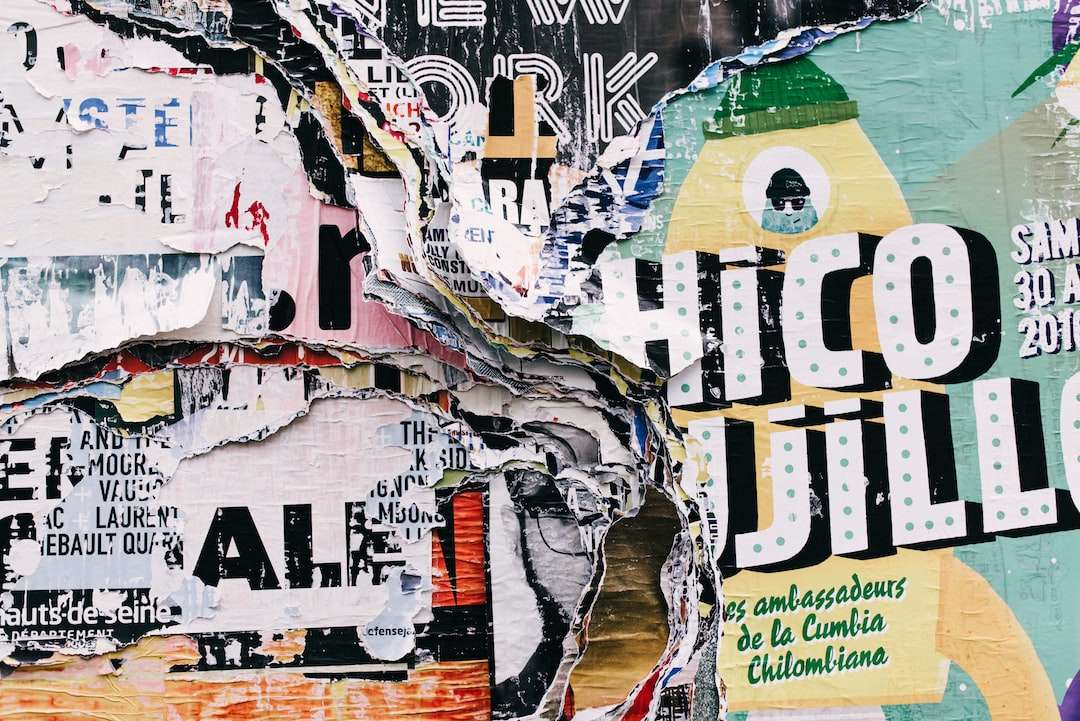
Cubism and Symbolism are two significant art movements that emerged in the early 20th century. Both movements challenged traditional artistic conventions and pushed the boundaries of representation. Cubism, pioneered by Pablo Picasso and Georges Braque, revolutionized the way artists approached form and perspective. Symbolism, on the other hand, focused on the use of symbols and metaphors to convey deeper meanings and emotions in art.
These movements were crucial in the history of art as they marked a departure from the traditional representational styles that had dominated for centuries. They paved the way for new artistic possibilities and opened up a world of experimentation and abstraction. Cubism and Symbolism challenged viewers to engage with art in a different way, encouraging them to look beyond the surface and delve into the hidden meanings and complexities within the artworks.
The Emergence of Cubism as an Artistic Movement
Cubism emerged in the early 20th century, during a time of great social, political, and technological change. The movement was a response to the rapid industrialization and urbanization that characterized this period. Artists were seeking new ways to represent the fragmented and complex nature of modern life.
Pablo Picasso and Georges Braque are considered the founders of Cubism. They began experimenting with new forms of representation, breaking down objects into geometric shapes and multiple viewpoints. This approach challenged traditional notions of perspective and representation, creating a fragmented and abstracted depiction of reality.
Other key artists associated with Cubism include Juan Gris, Fernand Léger, and Robert Delaunay. Each artist brought their own unique style and interpretation to the movement, further expanding its possibilities. Cubism had a profound impact on the art world, influencing not only painting but also sculpture, architecture, literature, and design.
Understanding the Concept of Symbolism in Art
Symbolism is an art movement that emerged in the late 19th century as a reaction against the rationalism and materialism of the industrial age. It sought to explore the deeper, more spiritual aspects of human existence through the use of symbols and metaphors.
Symbolist artists rejected the idea of art as a mere representation of reality and instead aimed to evoke emotions and provoke thought. They believed that art should transcend the physical world and tap into the subconscious and spiritual realms. Symbolist artworks often featured dreamlike or fantastical imagery, with a focus on mood, atmosphere, and symbolism.
Some notable Symbolist artists include Gustave Moreau, Odilon Redon, and Edvard Munch. These artists used symbols such as flowers, animals, and mythological figures to convey complex emotions and ideas. Symbolism had a significant impact on the development of modern art, influencing movements such as Surrealism and Expressionism.
The Role of Symbolism in Cubist Art
While Cubism is primarily known for its abstracted forms and multiple viewpoints, symbolism played an important role in many Cubist artworks. The use of symbols allowed artists to convey deeper meanings and explore complex themes.
Cubist artists often incorporated symbolic elements into their works to represent different aspects of reality. For example, Picasso’s famous painting “Les Demoiselles d’Avignon” features African masks as a symbol of primitivism and the influence of non-Western cultures on Western art. These masks also serve as a metaphor for the fragmented nature of modern life.
Similarly, Braque’s still-life paintings often include symbolic objects such as musical instruments or playing cards. These objects represent different aspects of human experience and evoke a sense of nostalgia or contemplation.
Analyzing the Use of Geometric Shapes in Cubism
One of the defining characteristics of Cubism is the use of geometric shapes to represent objects. This approach allowed artists to break down forms into their basic components and depict multiple viewpoints simultaneously.
Geometric shapes were used in Cubist art to convey a sense of fragmentation and abstraction. By reducing objects to their geometric essence, artists were able to challenge traditional notions of representation and perspective. This approach also allowed for a more dynamic and multifaceted depiction of reality.
Examples of Cubist artworks that utilize geometric shapes include Picasso’s “Les Demoiselles d’Avignon” and Braque’s “Violin and Candlestick.” In these paintings, objects are depicted as a series of overlapping planes and angles, creating a sense of depth and movement.
The Significance of Color in Cubist Art
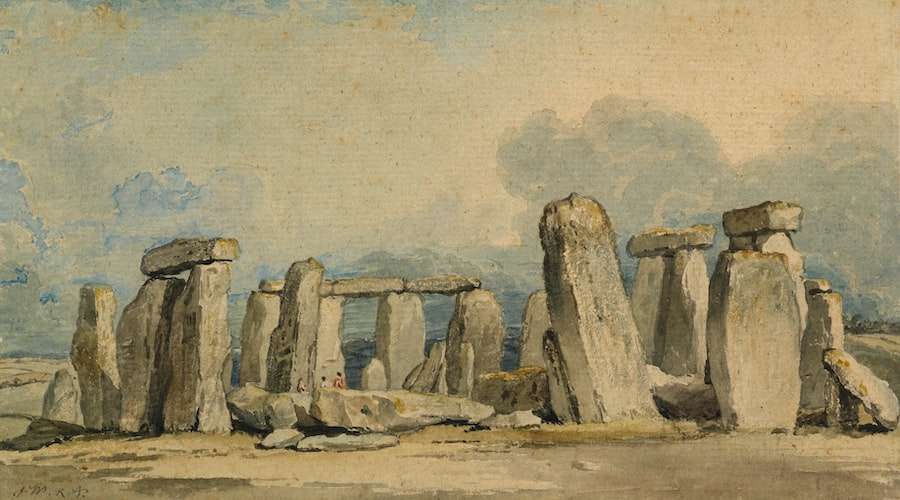
Color played a crucial role in Cubist art, helping to define form and create visual interest. Cubist artists used color in unique ways, often breaking down objects into their basic color components or using bold, contrasting colors to create visual tension.
In Cubist art, color was not used to represent the naturalistic appearance of objects but rather to evoke emotions and create a sense of harmony or discord. Artists often used color to create a sense of depth and space, with lighter colors receding into the background and darker colors coming forward.
Examples of Cubist artworks that use color in unique ways include Picasso’s “Ma Jolie” and Delaunay’s “Simultaneous Windows.” In these paintings, color is used to create a sense of movement and energy, with vibrant hues juxtaposed against each other to create visual tension.
The Influence of African Art on Cubism
African art had a profound influence on the development of Cubism. In the early 20th century, African artifacts began to be imported into Europe, sparking a fascination among artists with their abstract forms and expressive qualities.
Cubist artists were particularly drawn to the geometric shapes and stylized forms found in African masks and sculptures. They saw in African art a departure from the naturalistic representation of the Western tradition and a new way of depicting the human figure.
The influence of African art can be seen in Picasso’s “Les Demoiselles d’Avignon,” where the figures are depicted with angular, mask-like faces. Similarly, Braque’s still-life paintings often feature African masks as symbolic elements.
The Use of Fragmentation and Collage in Cubist Art
Fragmentation and collage were important techniques used by Cubist artists to break down forms and create a sense of multiple viewpoints. By fragmenting objects and rearranging them in a collage-like manner, artists were able to challenge traditional notions of representation and perspective.
Fragmentation allowed artists to depict objects from different angles and viewpoints simultaneously, creating a more dynamic and multifaceted representation of reality. Collage, on the other hand, involved the use of found objects or materials to create a new composition.
Examples of Cubist artworks that utilize fragmentation and collage include Picasso’s “Still Life with Chair Caning” and Braque’s “Fruit Dish and Glass.” In these works, objects are depicted as a series of fragmented planes and shapes, creating a sense of movement and energy.
Decoding the Hidden Meanings in Cubist Artworks
Cubist artworks often contain hidden meanings and symbols that require interpretation. The fragmented nature of these artworks allows for multiple layers of meaning to be conveyed simultaneously.
To decode the hidden meanings in Cubist artworks, viewers must look beyond the surface and consider the symbolic elements and metaphors used by the artist. Objects may represent different aspects of human experience or evoke specific emotions or ideas.
For example, in Picasso’s “Guernica,” the fragmented forms and distorted figures symbolize the horrors of war and the suffering of innocent civilians. Similarly, Braque’s still-life paintings often contain symbolic objects that represent different aspects of human existence.
The Legacy of Cubism and Symbolism in Contemporary Art
Cubism and Symbolism have had a lasting impact on the development of contemporary art. Their influence can be seen in a wide range of artistic practices, from painting and sculpture to photography and installation art.
Contemporary artists continue to explore the concepts and techniques introduced by Cubism and Symbolism, pushing the boundaries of representation and challenging traditional artistic conventions. They draw inspiration from the fragmented forms, multiple viewpoints, and hidden meanings found in Cubist artworks.
Examples of contemporary artists who have been influenced by Cubism and Symbolism include Gerhard Richter, Anselm Kiefer, and Cindy Sherman. These artists continue to explore the complexities of human existence through the use of symbols, metaphors, and abstraction.
In conclusion, Cubism and Symbolism are two significant art movements that emerged in the early 20th century. They challenged traditional artistic conventions and pushed the boundaries of representation. Cubism revolutionized the way artists approached form and perspective, while Symbolism focused on the use of symbols and metaphors to convey deeper meanings and emotions in art. These movements have had a lasting impact on the development of contemporary art, influencing artists across different mediums and styles. The legacy of Cubism and Symbolism continues to shape the way we understand and appreciate art today.
If you’re interested in exploring the symbolism behind Cubism in art, you may also find the article on the symbolism of the snake fascinating. Snakes have long been associated with various meanings and interpretations across different cultures and religions. To delve deeper into this intriguing subject, check out Symbolism of a Snake.
FAQs
What is Cubism?
Cubism is an art movement that originated in the early 20th century in France. It is characterized by the use of geometric shapes, multiple viewpoints, and the fragmentation of objects.
What is Symbolism in Art?
Symbolism in art refers to the use of symbols or imagery to represent ideas or concepts. It is often used to convey deeper meanings or emotions beyond what is visible in the artwork.
How did Cubism incorporate Symbolism in Art?
Cubism incorporated Symbolism in Art by using abstract shapes and forms to represent objects and ideas. The use of multiple viewpoints and fragmentation allowed artists to convey different perspectives and meanings within a single artwork.
Who were some famous Cubist artists?
Some famous Cubist artists include Pablo Picasso, Georges Braque, Juan Gris, and Robert Delaunay.
What was the impact of Cubism on the art world?
Cubism had a significant impact on the art world, as it paved the way for other modern art movements such as Futurism and Surrealism. It also challenged traditional notions of representation and perspective in art, leading to new ways of thinking about the visual world.
